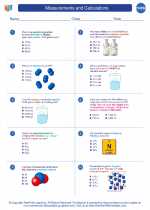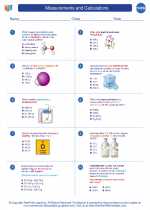Static Electricity
Static electricity is the build-up of electric charge on the surface of an object. It is called "static" because the charges stay in one area instead of flowing or moving to another area.
Causes of Static Electricity
Static electricity is caused by the imbalance of positive and negative charges on an object. This imbalance can occur through various means such as friction, induction, or conduction.
Friction
When two objects rub against each other, electrons can be transferred from one object to the other, causing one object to become positively charged and the other to become negatively charged. This transfer of electrons creates static electricity.
Induction
Induction occurs when a charged object is brought near a neutral object, causing the charges in the neutral object to separate, creating an imbalance of charges and static electricity.
Conduction
Conduction happens when a charged object comes into direct contact with a neutral object, allowing the transfer of electrons and the creation of static electricity.
Effects of Static Electricity
Static electricity can have various effects, including:
- Attraction and repulsion: Charged objects can be attracted to or repelled by other charged objects.
- Spark discharge: The sudden flow of static electricity between two charged objects can lead to a spark discharge.
- Electrostatic precipitators: Used to remove dust and other particles from the air by using static electricity to attract and collect the particles.
- Triboelectric series: A list of materials showing their tendency to gain or lose electrons when they come into contact with other materials.
Preventing and Discharging Static Electricity
There are several ways to prevent or discharge static electricity, including:
- Grounding: Connecting an object to the ground to allow the excess charge to flow into the ground.
- Humidity control: Increasing humidity can help to dissipate static charges.
- Antistatic materials: Using materials that are specifically designed to reduce or eliminate static electricity.
Study Tips
When studying static electricity, it's important to:
- Understand the concept of electric charge and how it relates to static electricity.
- Be familiar with the different methods of creating static electricity, such as friction, induction, and conduction.
- Learn about the effects of static electricity and how it can be harnessed for practical applications.
- Practice solving problems related to static electricity, such as calculating the force between charged objects.
- Experiment with different materials to observe and understand their behavior in generating or discharging static electricity.
Remember to ask your teacher for additional resources and practice questions to further enhance your understanding of static electricity.
[Static Electricity] Related Worksheets and Study Guides:
.◂Chemistry Worksheets and Study Guides High School. Measurements and Calculations

 Worksheet/Answer key
Worksheet/Answer key
 Worksheet/Answer key
Worksheet/Answer key
